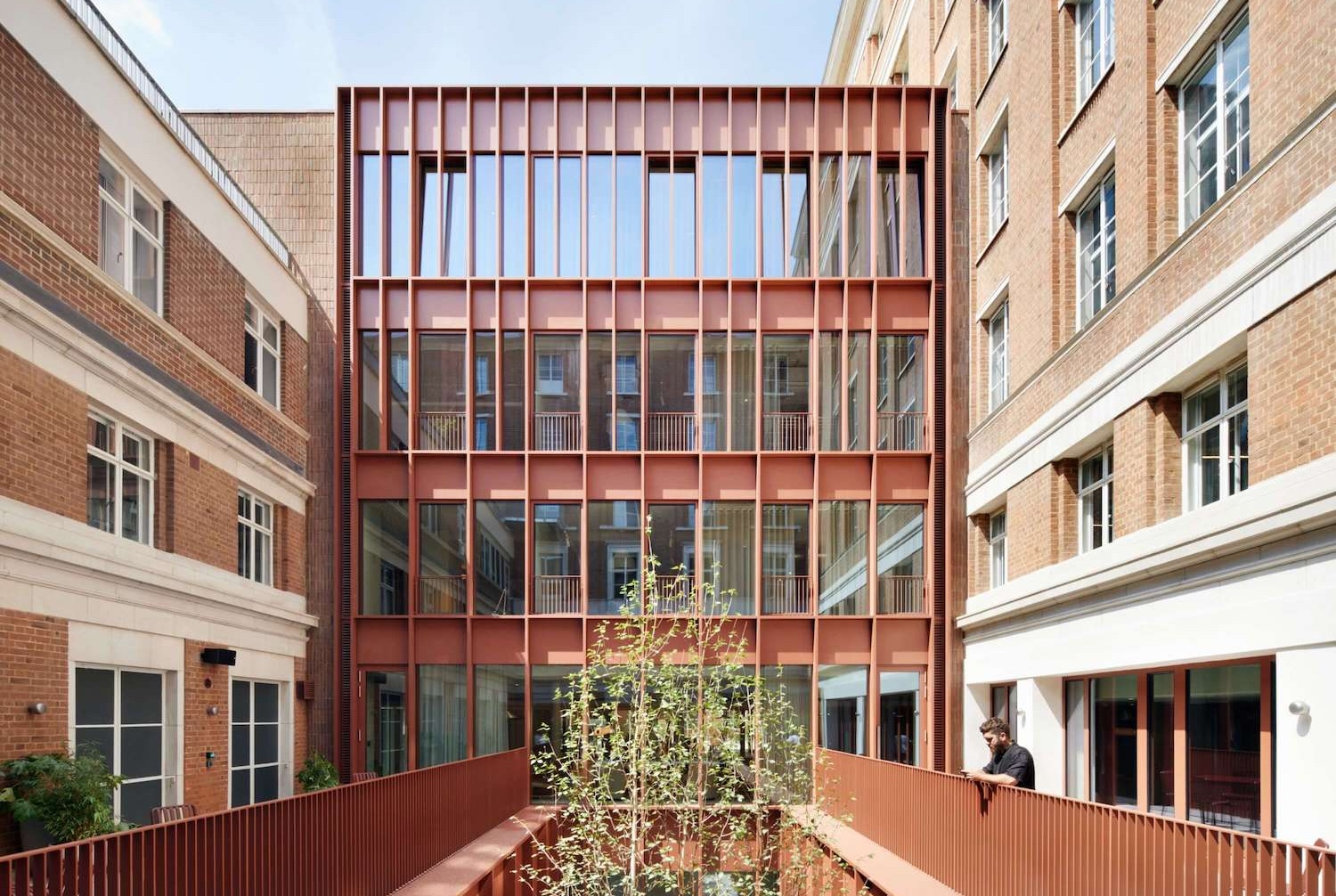Mark Stonell, associate director, Buro Happold discusses the shift to glass building envelopes, addressing challenges with innovative solutions for transparency and energy efficiency.
How are architects, engineers and the construction industry as a whole developing solutions to maximise transparency while meeting energy performance targets? Why does transparency still matter today? And how can we manage and strike a balance between the tensions of optimum façade performance and embodied carbon?
Mark Stonell, associate director at Buro Happold, notes the shift from traditional building envelopes to contemporary glass configurations, driven by advancements in materials and energy demands. While the glass box configuration has been popular, new challenges, such as energy consumption, embodied carbon targets, and fire integrity, require a return to more solid configurations.
To maintain transparency in façades while addressing these challenges, he suggests adopting passive and active techniques, such as double-skin facades, closed cavities, and dynamic and static shading. New materials and technologies, like nanogels, fibre resins, and electrochromic glass, are also put forward as tools to achieve transparency while managing solar gain.
Stonell presents St Thomas Hospital, University of Birmingham Library, Sensor City for John Moore’s University, and 10 Broadway, all of which demonstrate effective combinations of glazing, shading elements, and innovative techniques to achieve transparency while meeting energy performance targets.
Stonell is also keen to note the evolving challenges related to net-zero targets and Document L, emphasising the need for rigorous thermal analysis and parametric tools to meet increasingly stringent requirements. Practical steps, such as Grasshopper analysis for curtain wall design, are discussed to achieve transparency within budget constraints.
Watch the video above the learn about this and more in full detail.
Source: Architecture Today

